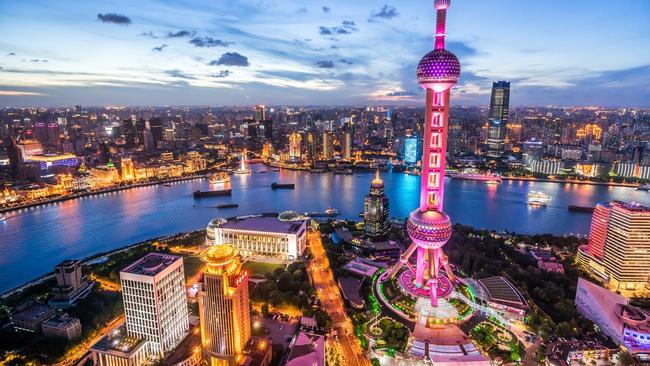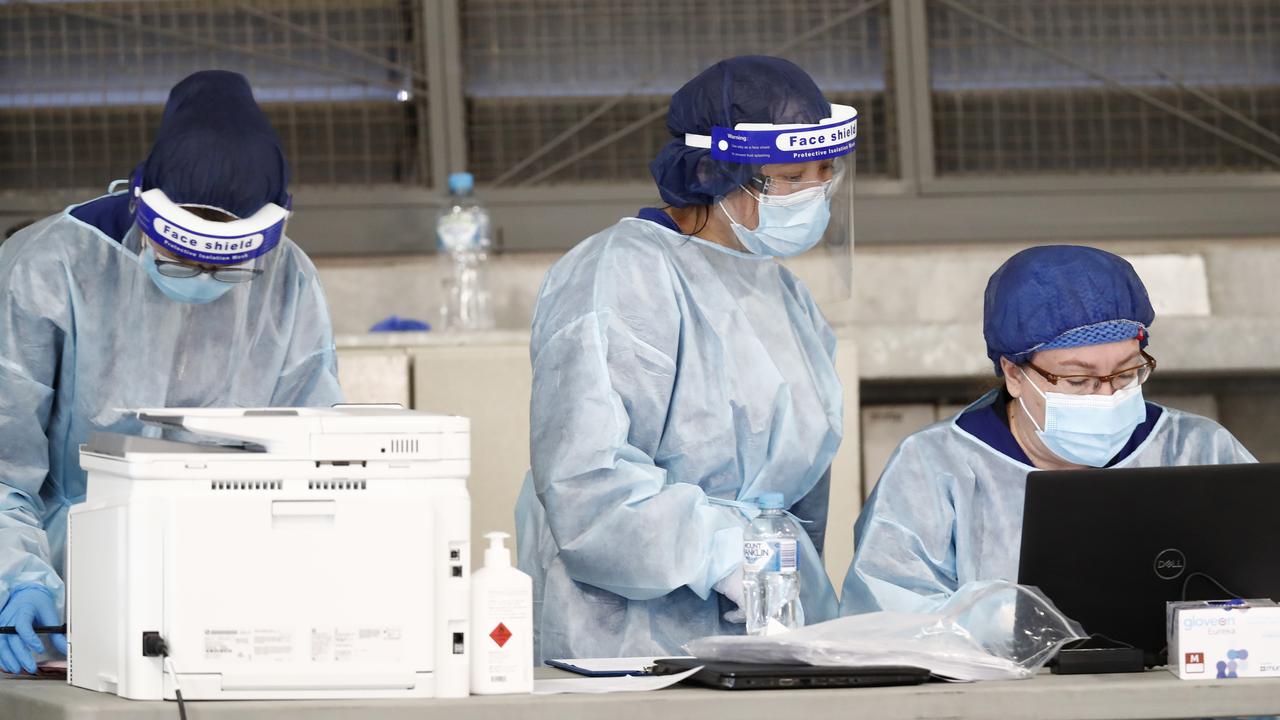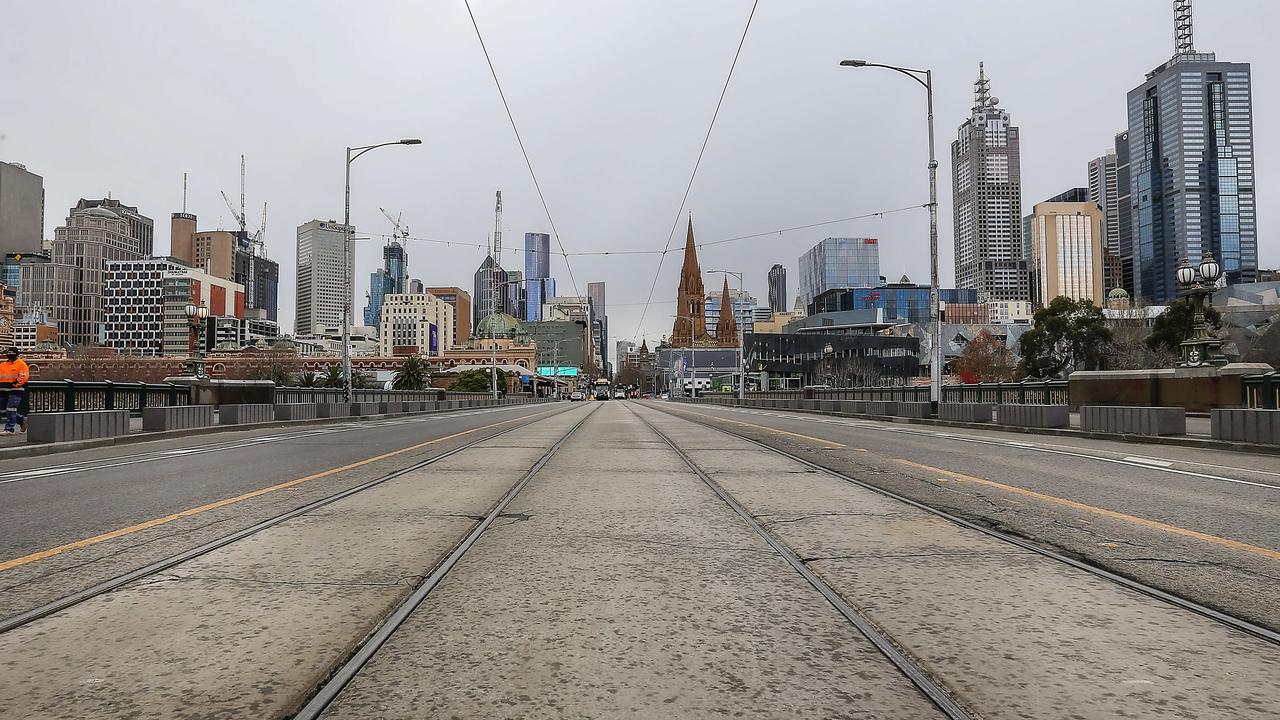China’s reach, good and bad
WHILE politicians tie themselves in knots over a theoretical dual-citizenship threat to sovereignty, millions of dollars in foreign donations have flowed into the coffers of the main political parties.

Opinion
Don't miss out on the headlines from Opinion. Followed categories will be added to My News.
WHILE politicians tie themselves in knots over a theoretical dual-citizenship threat to sovereignty, millions of dollars in foreign donations have flowed directly into the coffers of Australia’s major political parties.
As the High Court prepares to consider the fate of up to eight MPs and senators caught out by a 117-year old section of the Constitution that guards against foreign influence, real money, and millions of it, was flowing freely into Liberal and Labor bank accounts from an agency of the Chinese Communist Party.
Australians will shake their heads in disbelief that while finger-pointing and political games are played out in Canberra over ancestry, foreign pension benefits and dual citizenship, mainstream parties have raked in $5.6 million in suspect Chinese donations.
The Herald Sun yesterday revealed a confidential parliamentary research report found Chinese property and business tycoons donated $2.6 million to Labor and $3 million to the Liberals in recent years as part of a “well-funded and prolonged influence operation by Beijing”.
The only aspect of the scandal to welcome is the decision by the Turnbull Government to finally write new laws banning foreign political donations. But how long has it taken for either side of politics to back the commonsensical ban, which is critical to removing foreign influence and protecting Australia’s political sovereignty?
You don’t need to look far to see Canberra is either blind or stupid.
Consider ASIO’s gleaming new $651 million headquarters on the shore of Lake Burley Griffin. Ironically, across the water sits the High Court of Australia. But next door to the spy agency a company whose former director has high-level Chinese political and military connections bought land abutting ASIO for $64 million in 2015. Like the sale of Darwin port, which amazed and concerned our US allies, the purchase didn’t require foreign investment and national security tests because such laws applied only to states and not territories.
Over recent decades China has moved from a planned, communist economy towards a capitalist system.
Although it’s still a one-party state, the privatisation, corporatisation and expansion of energy, manufacturing, mining and other sectors has generated windfall riches for many. China now has 568 billionaires and 1.34 million people with $2 million in assets. Chinese investors are spending almost $7 billion a year on Australian residential and commercial property and there are real concerns that foreign purchases are pricing young Australians out of the market. There is also evidence of widespread “land banking” to place money outside of China.
Of course, private foreign investment in Australia across a variety of sectors — from property and infrastructure to business — is a necessity and a welcome opportunity for economic and employment growth. Indeed, China’s appetite for mineral resources kept Australia from the global financial crisis.
But foreign investment must be targeted and not open slather.
And it certainly should not be political donations from foreign states under the guise of bodies like the Australian Council for the Promotion of the Peaceful Reunification of China. Full donation reform, banning foreign money and demanding complete, real-time transparency at both state and federal levels are crucial.
HELD OVER A BARREL
VICTORIAN motorists are being taken for a ride on petrol prices.
As revealed in yesterday’s Herald Sun, a new Australian Competition and Consumer Commission report found Victorians paid an estimated $150 million more than they should have for filling up at the bowser in the past year.
The ACCC review found average gross retail margins for unleaded fuel in Melbourne reached 13.5c per litre through April to June — the highest, in inflation-adjusted terms, since monitoring began in 2002.
Motorists have long endured the rollercoaster pricing cycle for fuel.
And, despite a decade of governments promising real reform to set fair, competitive pricing, little has happened. Over the past financial year, the average profit margin for stations across Melbourne was 12.3c per litre. This compared with a long-term historical average of 7.8c.
The ACCC data calculates the difference between retail and wholesale terminal gate prices but doesn’t account for retail operating costs such as branding, transport and labour.
Still, why such a big variation on long-term margins?
The industry points to increased regulatory costs, including new sign board rules in Victoria.
The real reasons is simple: motorists are conditioned to high prices and retailers have us over a barrel.
In the end, the way to ensure fairer prices is competition and consumer choice, using fuel price websites and smartphone apps, such as MotorMouth and GasBuddy.
Of course, you might need to drive further for the cheaper fuel.


